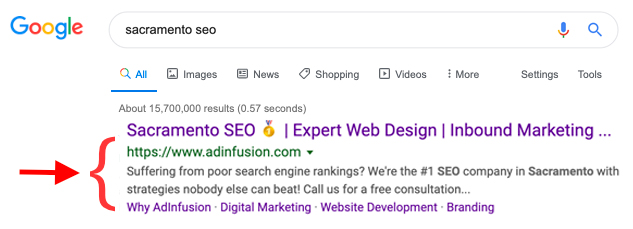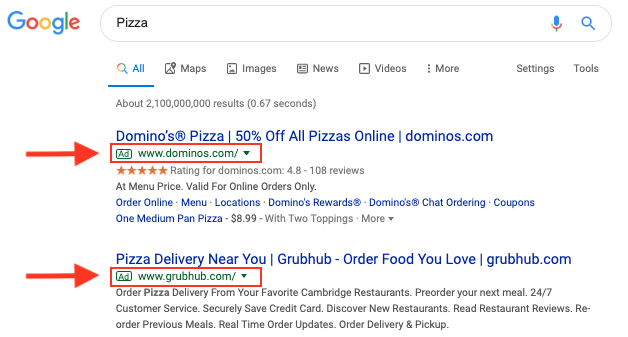Google Bedlam Recovery Plan:
We’ve been receiving a lot of questions lately about the latest Google algorithm update known as “Bedlam.” The Bedlam update (also called “Possum 2.0”) rolled out in early November 2019 – which has now been completed globally. According to Google Search Liaison, this update involved prioritizing neural matching in an attempt to provide local searchers with more relevant results.
So this update has Google trying to do a better job of figuring out what a business is all about. That’s why I think GMB posts are such a good way to help (hint hint…)
Google Confirms Bedlam Update Based on Neural Matching
On Monday, December 2, Google confirmed it had rolled out an update based on neural matching – an AI method used to better connect words with concepts. Before this, the smart money was betting on relevancy, not proximity ( so add another reason why we’re supporting bedlam over “Possum 2.0 )
Some have asked if we had an update to Google Search last week. We did, actually several updates, just as we have several updates in any given week on a regular basis. In this thread, a reminder of when and why we give specific guidance about particular updates….
— Google SearchLiaison (@searchliaison) November 12, 2019
Word of the day: “neural matching”
#localseo pic.twitter.com/xEAIG9PNjJ
— Andy Simpson (@ndyjsimpson) December 3, 2019
Ok But Can Someone Please Explain WTF is Neural Matching
In early November, we began making use of neural matching as part of the process of generating local search results. Neural matching allows us to better understand how words are related to concepts, as explained more here: https://t.co/ShQm7g9CvN
— Google SearchLiaison (@searchliaison) December 2, 2019
Yes, though it helps with understanding both queries and content
— Danny Sullivan (@dannysullivan) December 2, 2019
Some key factors to know based on more of Danny Sullivan’s tweets:
- Neural matching is separate from BERT.
- Neural matching will help the understanding of both queries and content.
- It applies to all the ways Google gathers info about a business.
(thanks SEMRush )
Actionable Insights
I kept seeing the same advice given over and over about not changing anything and just waiting this out, but given the amount of traffic I personally lost from this update I went to work testing solutions based on things I was seeing that showed a positive impact on local rankings :
- keywords in GMB names
Still seeing a lot of this in several SERPS and if you can match your sitename/brand to the GMB this may work for you – many might frown upon it but it’s still recognized as a ranking influencer - Optimizing GMB Description
Ensure the GMB description is keyword optimized using search terms and phrases prospective customers would use when looking for a particular product or service - GMB posts containing relevant keywords
I believe this one is super important. I’ve definitely increased my Google My Business postings and focused on posting and (and reposting!) content on my site that’s directly relevant to the categories I lost rankings for in November.
I do not think this is related to citations because I spent almost zero time on getting new citations (I was already way ahead of my competitors when it came to that) I also checked with friends who tested “map embeds” and they didn’t see a positive impact from that either so i think that it’s a waste of time & money. I have, however, seen some good improvements on sites that we stacked authority from other Google properties, but my tests didn’t directly coincide with the stuff that happened in November so it would be hard to say for sure this helped with that, but I don’t think it hurts 
How Bad Were Things When Bedlam Hit
If you didn’t get a chance to read my first post about Google Bedlam last month, you might be surprised to learn it got a little worse.

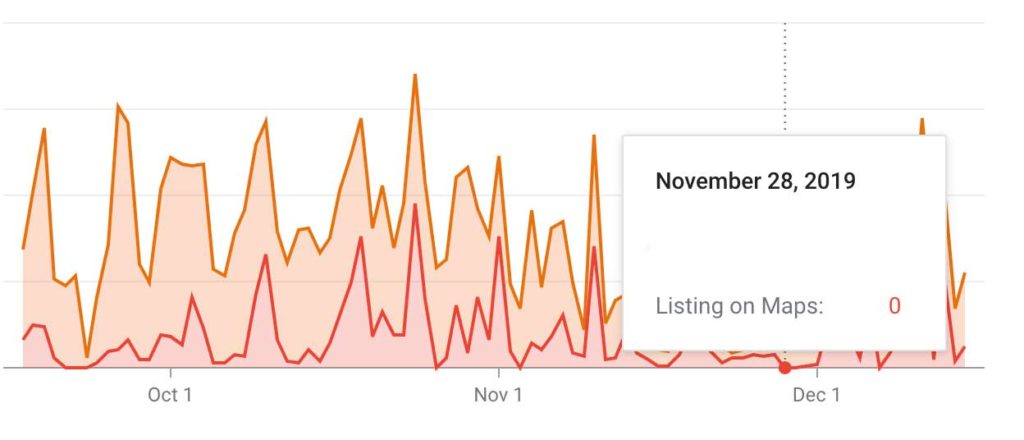
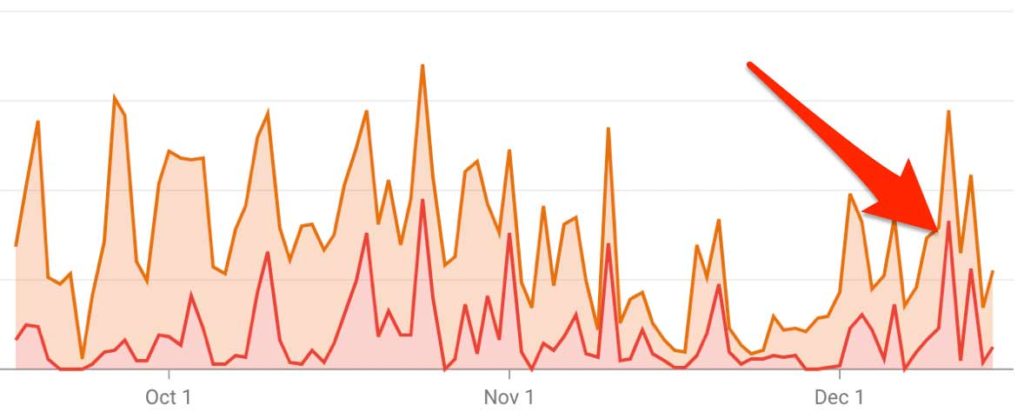
Final Thoughts on Optimizing for Google Bedlam
Algorithm updates can be nerve-racking if they hit your Google My Business listing. Keep in mind that you should never make rash changes to your digital marketing strategy because of an update. Diversification is Key! You must diversify both your SEO and online marketing tactics. You wouldn’t invest all your money in one stock would you? Then don’t put all your online marketing eggs in one basket either. Be engaged in a social media platform, maintaining a PPC campaign, participating in forums for your industry, broadening your influence and reach by writing some kick-ass guest blogs, etc. Your diversification possibilities are far and wide.
If you’re reading this you were hit by Bedlam and still haven’t figured it out, reach out to me and I’ll audit your site and give you a list of customized improvements. If you’re familiar with this update and disagree with what I’ve said here – I’d actually love to hear conflicting opinions more than hollow agreements – that helps us all learn more so leave a comment below with your thoughts!
The post How to Beat Google Bedlam Update appeared first on AdInfusion.
source https://www.adinfusion.com/how-to-beat-google-bedlam-update/
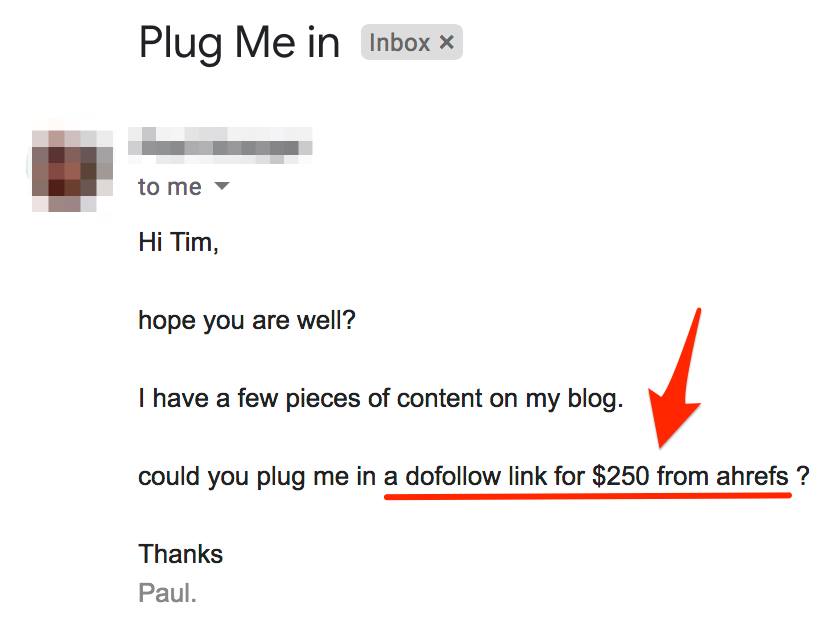
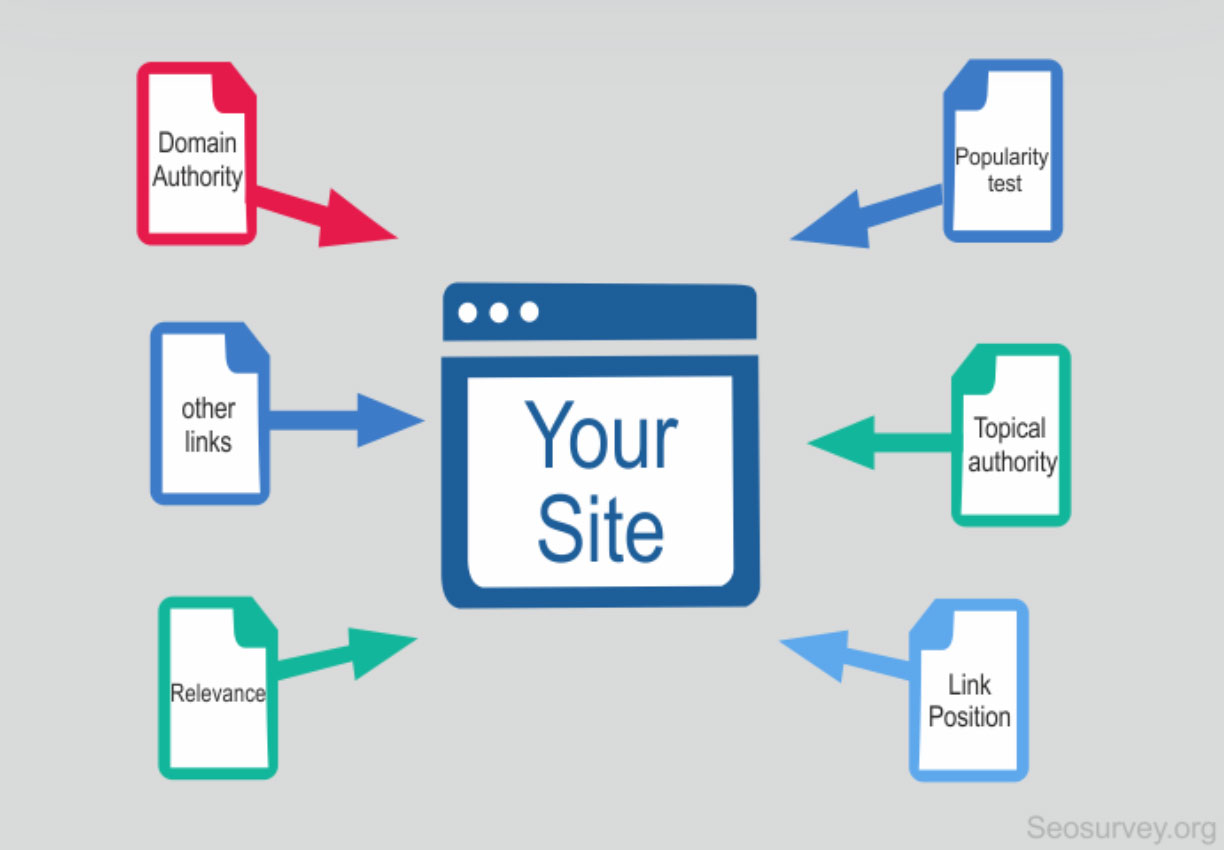


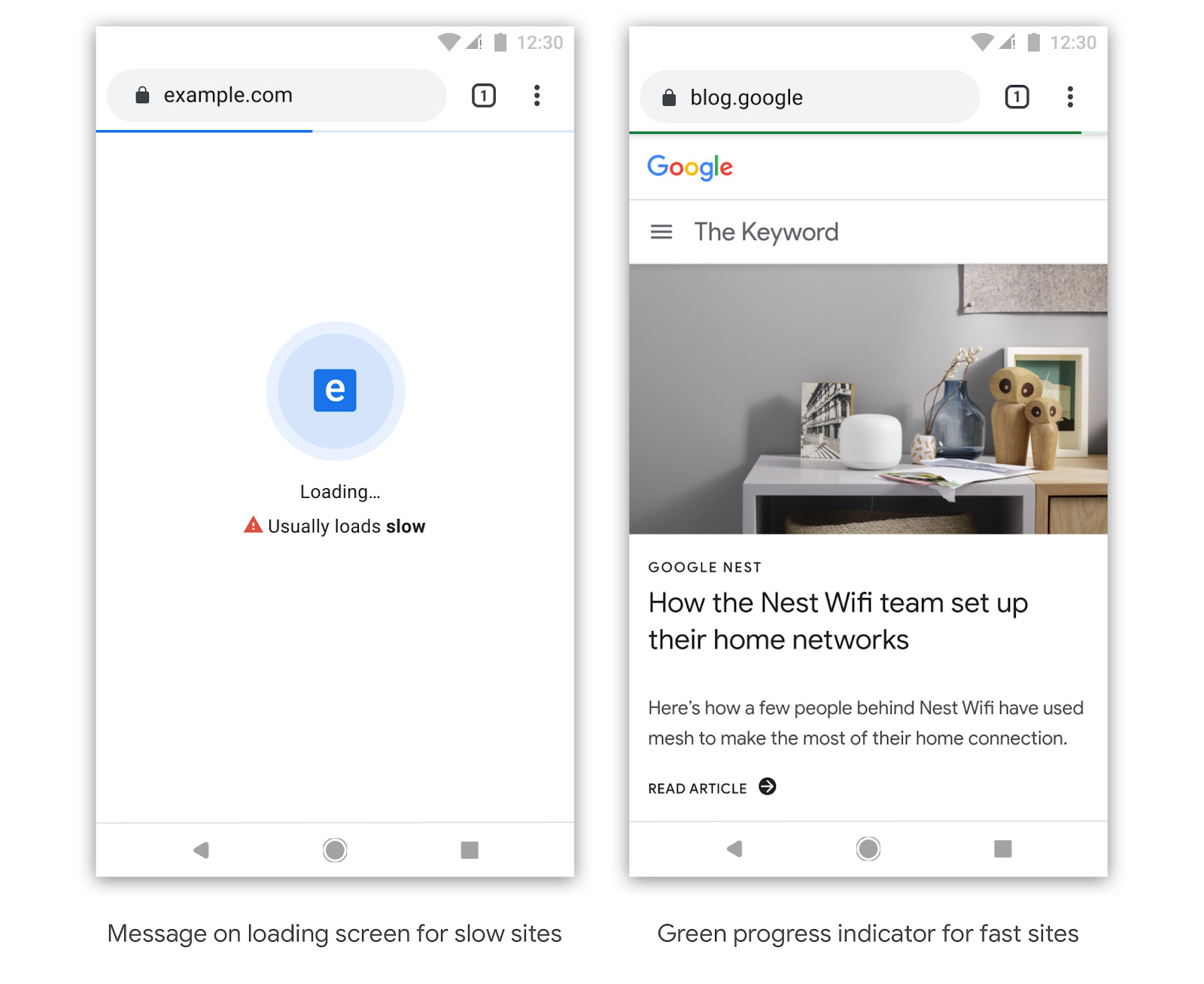
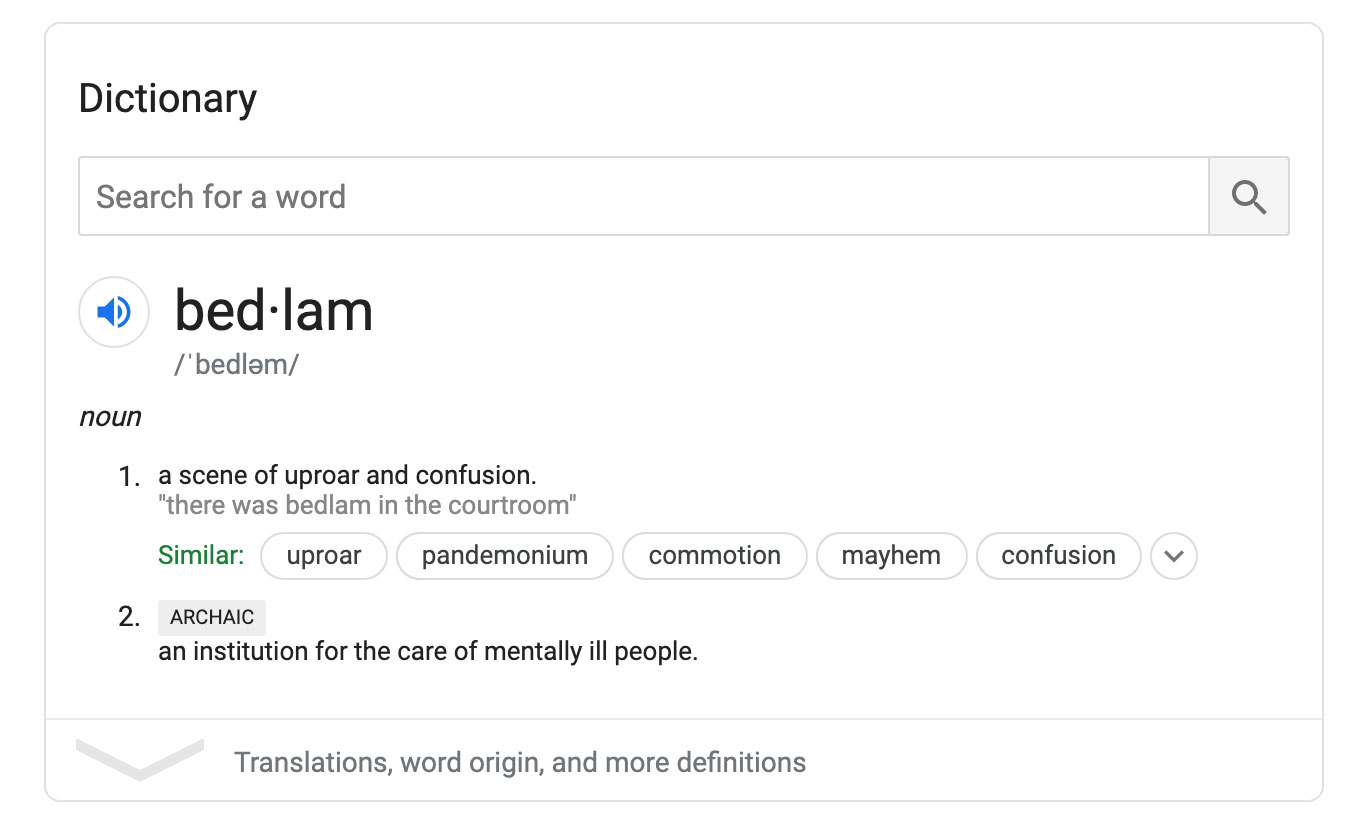
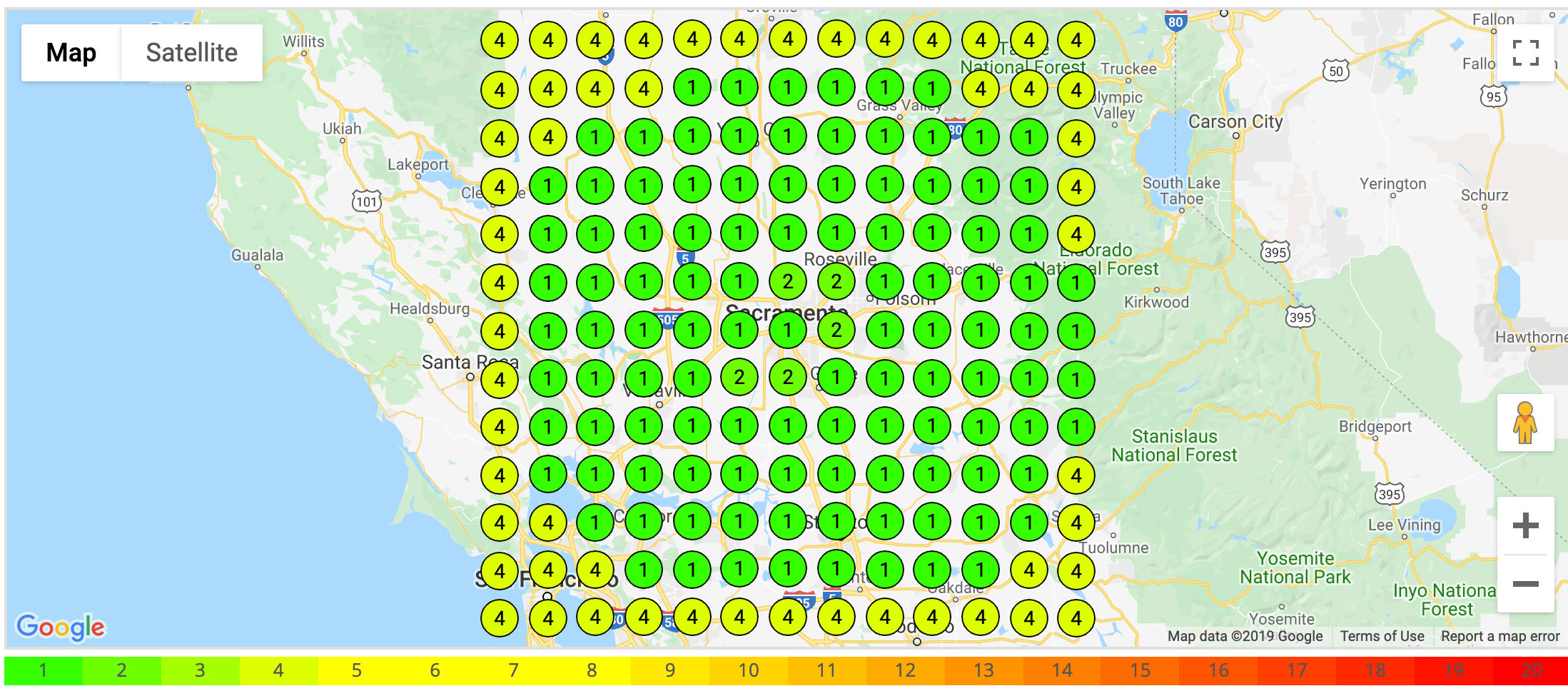


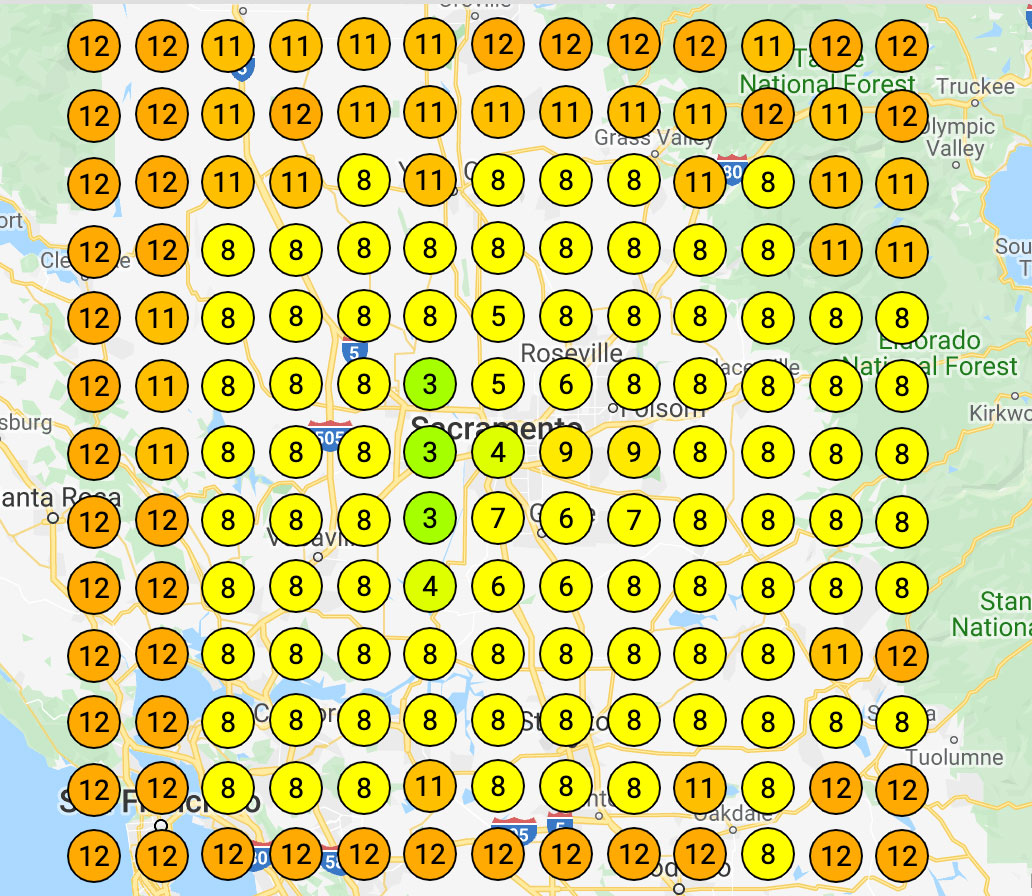

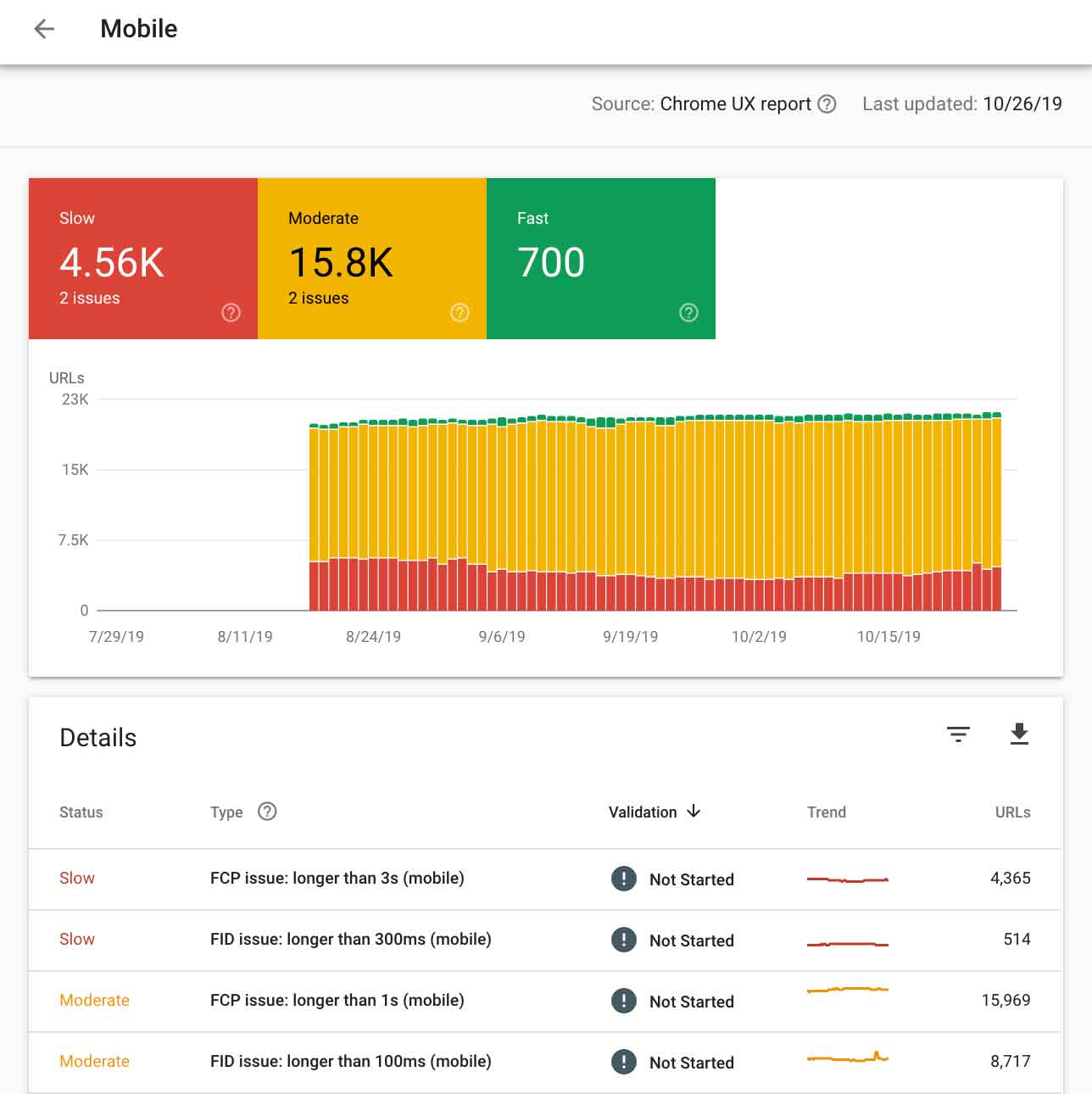
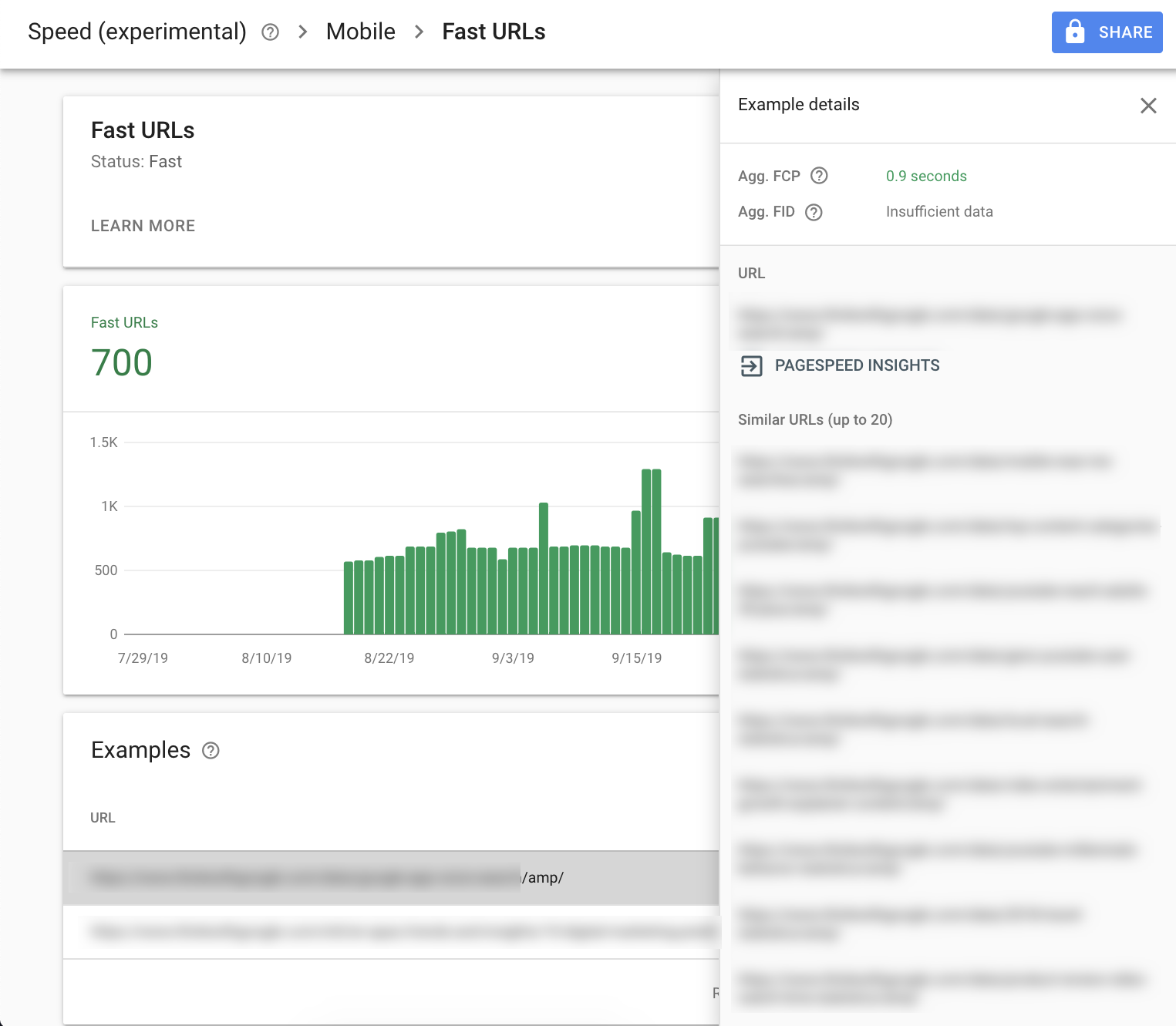
 "
"
 What’s frustrating is how long it takes and how much hard work it takes to get to the point where one of our clients is comfortable enough to leave a review – sometimes it’s 6 months, sometimes not for a year. So even though yelp doesn’t think you should see these, we do! We’re very proud of our work and so are all the people behind the companies we worked for that left these reviews:
What’s frustrating is how long it takes and how much hard work it takes to get to the point where one of our clients is comfortable enough to leave a review – sometimes it’s 6 months, sometimes not for a year. So even though yelp doesn’t think you should see these, we do! We’re very proud of our work and so are all the people behind the companies we worked for that left these reviews:












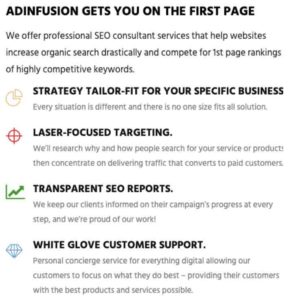
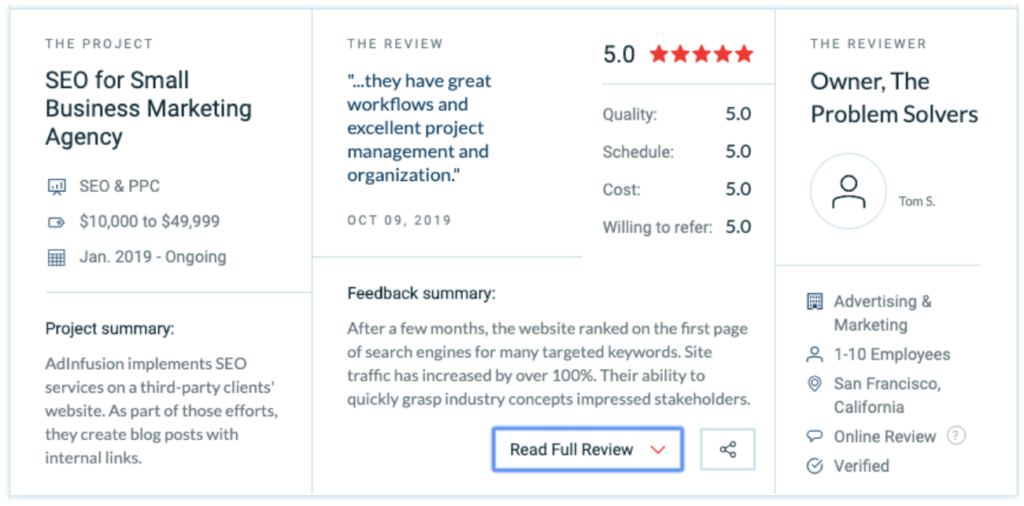
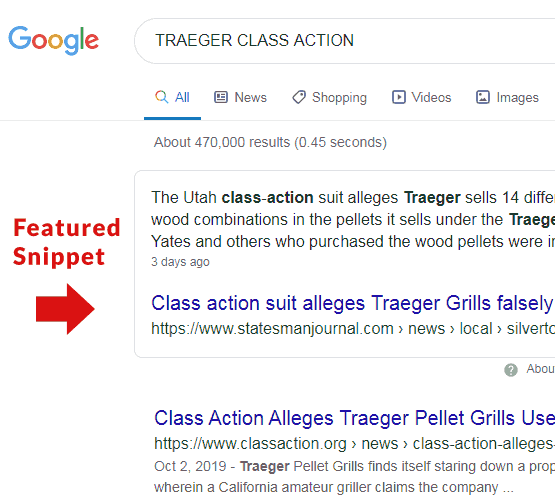




 Acquire Incoming Links
Acquire Incoming Links

